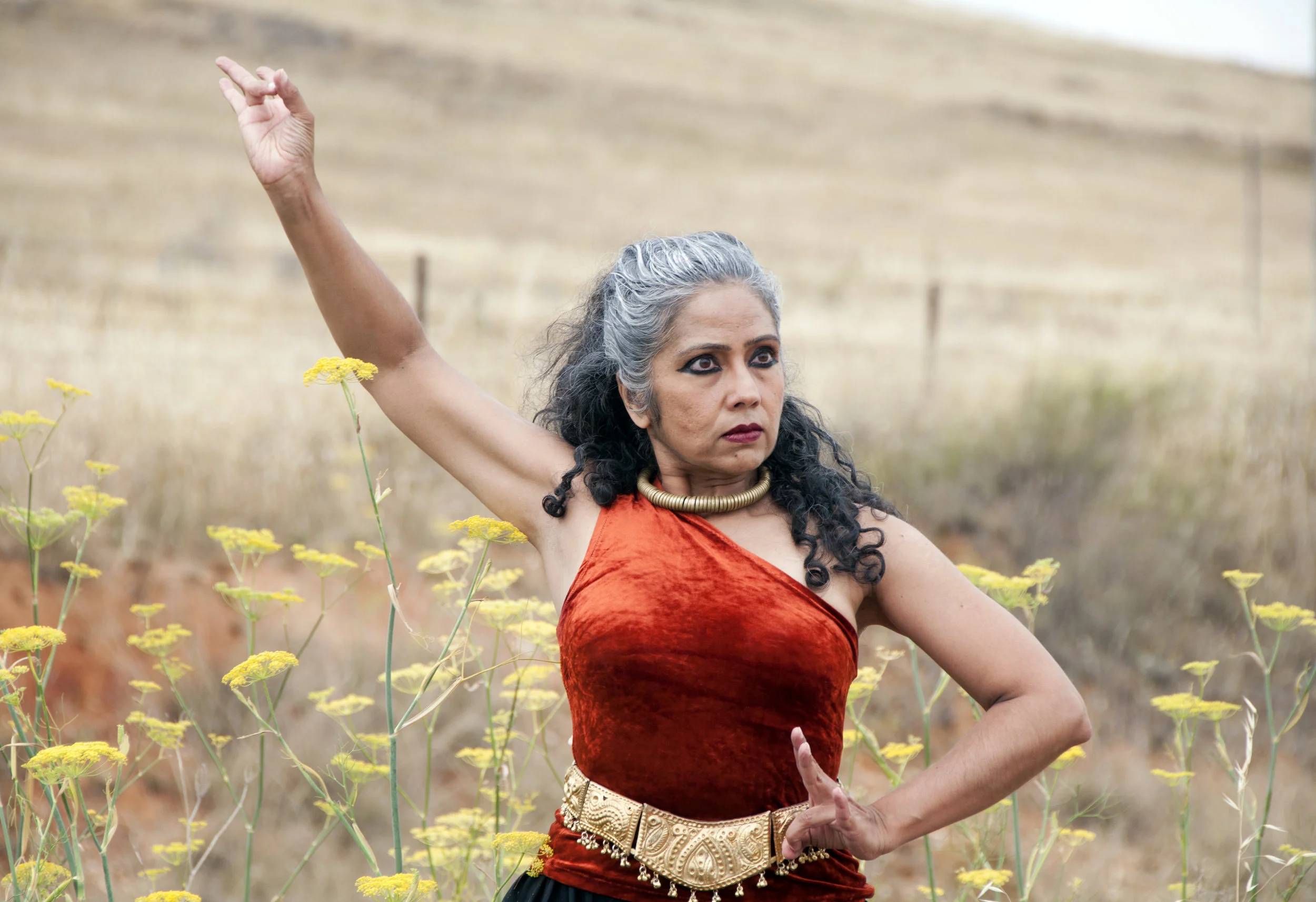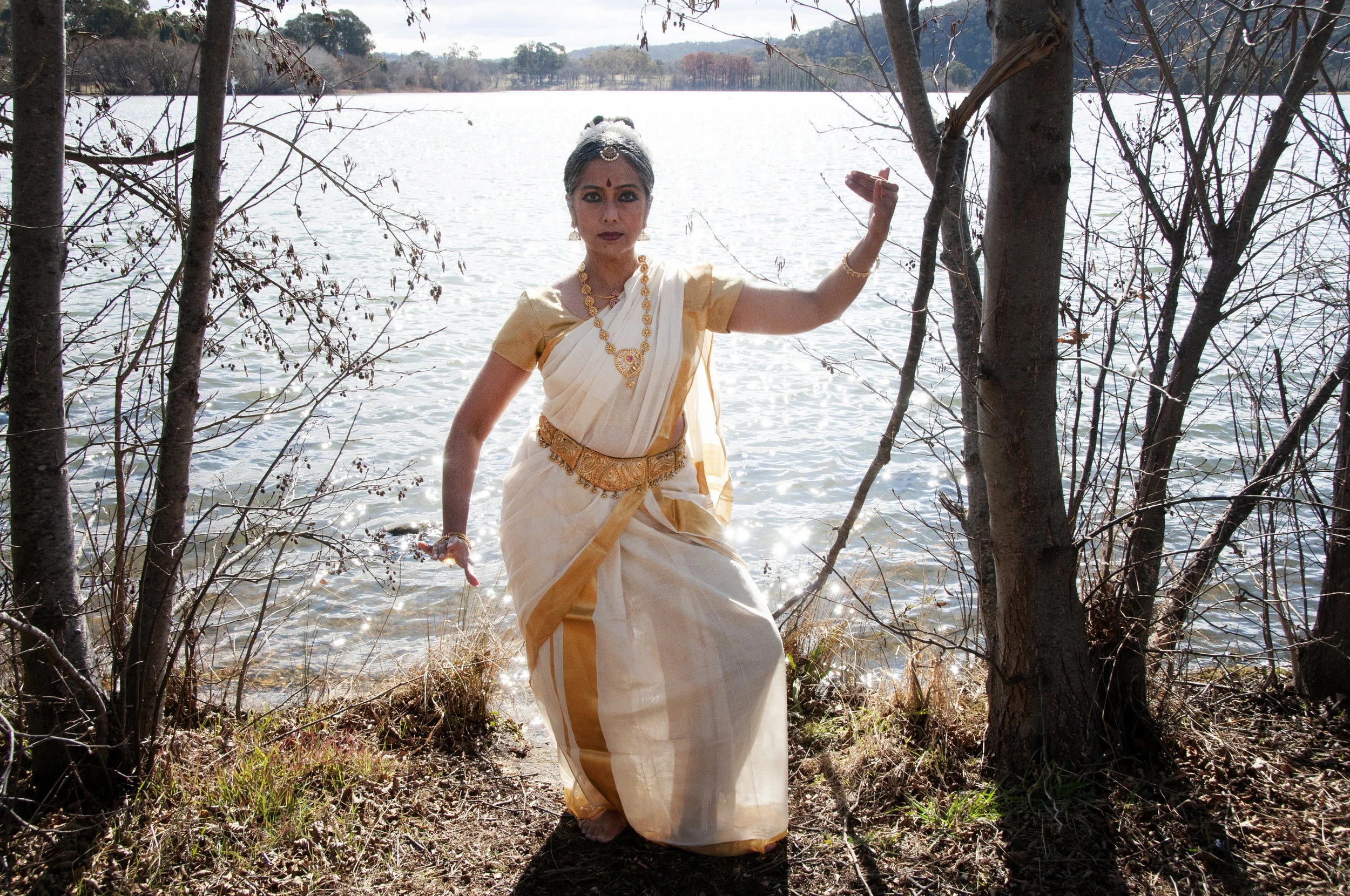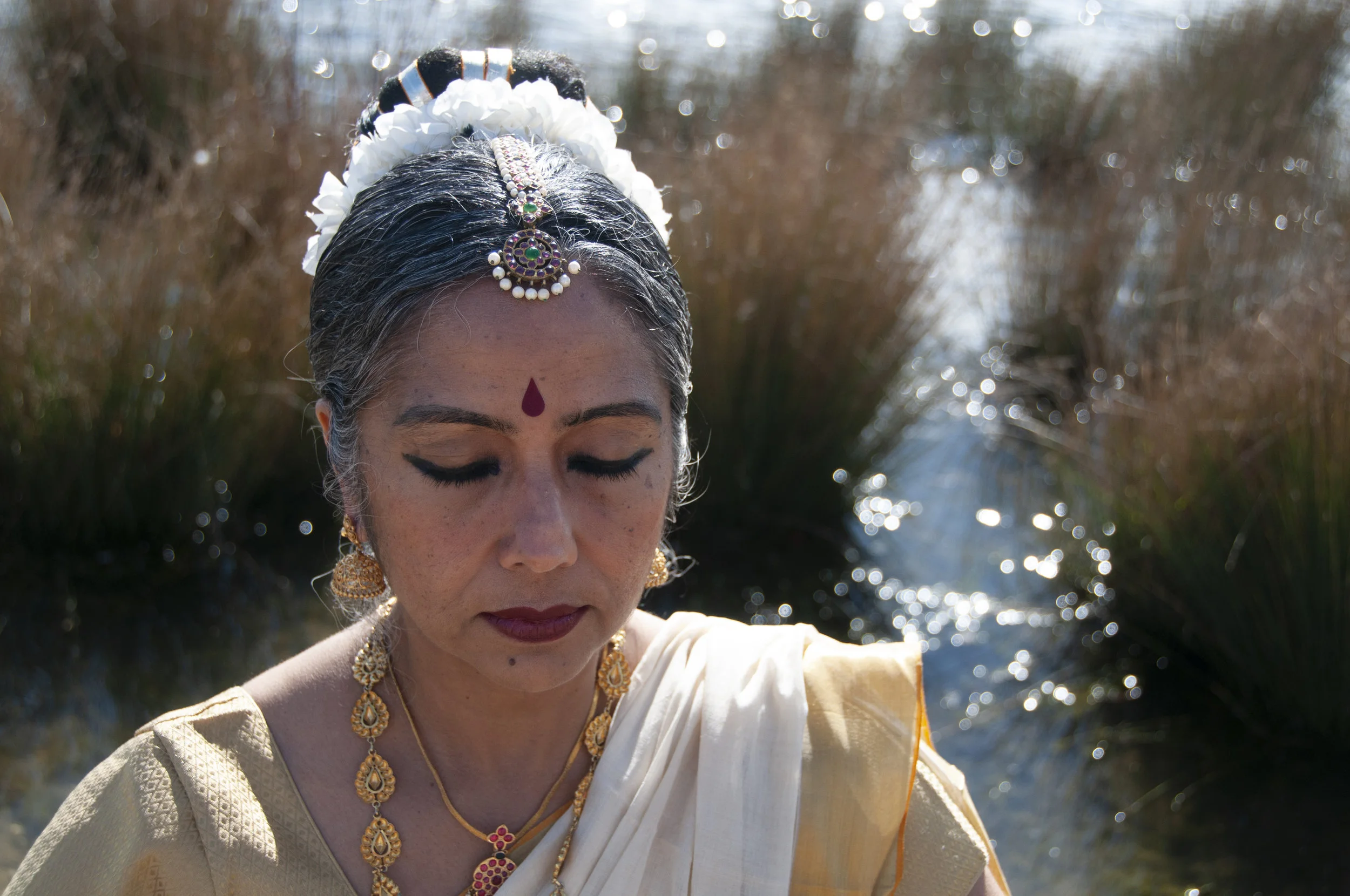The notion of diminishing is the heart of Nirveda, the feeling constellation that is the foundation of Shanta. Diminishing is portrayed by the archetypes of Shanta in multiple ways—literally diminutive in stature, being a adolescent (child-like) and through taking on the role of a beggar.
Read MoreGreen Tara suggests that dynamic action in Shanta is that which is essential, effortless and light (playful). It’s power is not the power we recognise in our usual understanding. Like all aspects of Shanta, the power is subtle but far more transformational than power sourced from the fear-subsumed domains of the mind.
Read MoreActing in surrender is central to Shanta and all of the other bhavas go towards creating this feeling space. Surrender is an active, committed and empowered feeling space where choice is reclaimed in the midst of the inescapable realisation about the central experience of life as transitory and therefore of impermanence.
Read MoreShanta is a Rasa that occupies a unique place in the Rasa theory of Indian dance theatre. Of all the Rasas, it is the space wherein the contemplative focus of emotional constellation is undilutedly the core of its expression. The beauty of Rasa dance is in embodying Shanta as a dynamic, feeling state—as different from meditative practices where this is an inward focused, still state of being.
Read MoreThe Rasa experience in Indian dance is a unique and specific framing of technique and practice that transforms the practice from dance into dance contemplation.
Read MoreSaraswathi is the gorgeous, enigmatic goddess in the Indian pantheon. The Saraswathi space is the heart of contemplation itself. It sets out the characteristics of the contemplative experience as one that is distinct from the experience of maya-based contexts. And the language of this domain is contemplative arts as it was practised traditionally in India.
Read MoreSwabhava denotes an intrinsic expression that is choiceless in its existence in oneself. By this I mean that one did not choose necessarily to have this seed space in oneself, it is as if it was there and just rose to one’s awareness.
Read MoreThe role of archetypes is to invite us to engage with the complexity of reality without easy definitions and imposed structures. They present to us the ambiguous nature of life which we try to simplify into convention to render it understandable and less fearful to us.
Read MoreAn overview of the dance contemplation approach and its links to contemplative philosophies.
Read More








